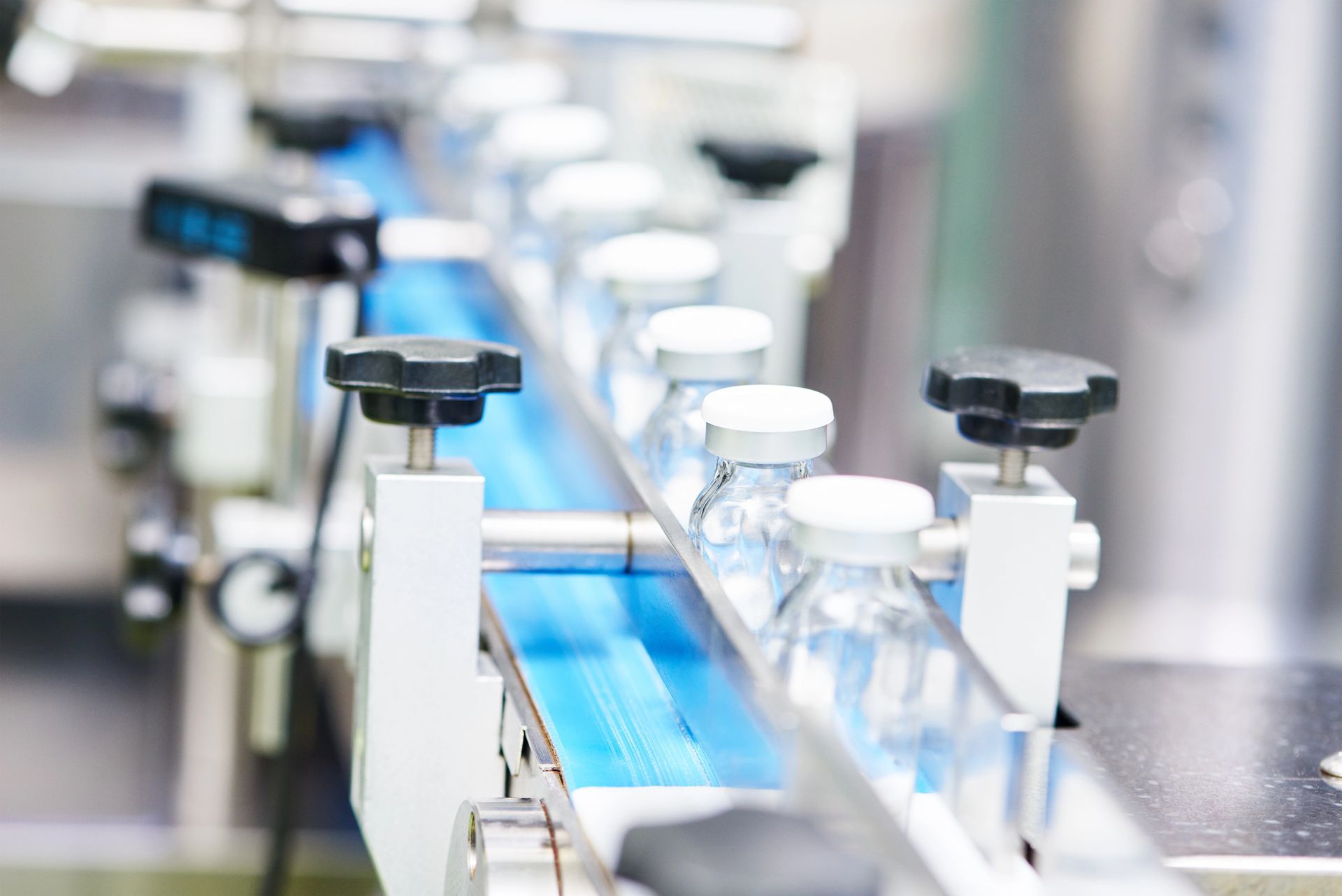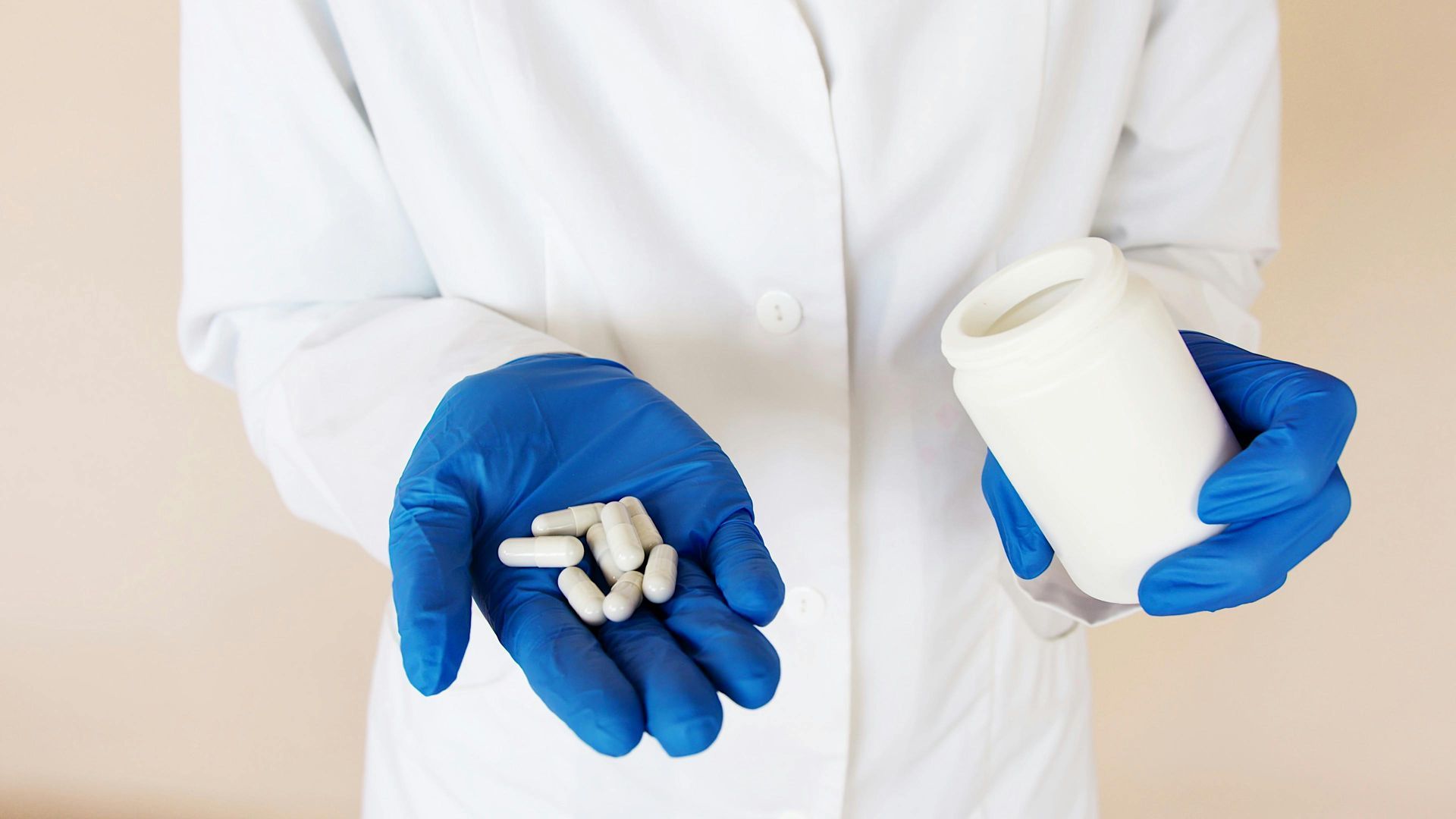The Critical Role of Quality Assurance in Pharmaceutical Manufacturing
Safety, efficacy, and product quality are non-negotiable in the life sciences. Regulatory frameworks demand rigorous adherence to standards, and any deviation can have dire consequences for patient health and a company's reputation.
Quality Assurance (QA) and Good Manufacturing Practices (GMP) are cornerstone processes that ensure every product reaching end users is safe and effective.
QA teams and processes make sure every step in the manufacturing process abides by GMP standards, ensuring the safety of medications that reach the end user. Today, we’ll break down how QA and GMP overlap and intertwine to protect patients while ensuring ongoing compliance.

The Role of QA and GMP Compliance
QA teams make sure that every aspect of pharmaceutical manufacturing complies with GMP standards. These standards are globally recognized as the benchmark for product quality and safety.
The processes developed by QA directly reflect GMP standards, applying them to the specific needs and workflows of the organization. From there, QA conducts regular internal audits to ensure every step of the process adheres to GMP standards.
Combined, QA teams leverage GMP standards to minimize risks, enhance operational efficiency, and help manufacturers stay ahead of evolving regulatory requirements.
QA’s Role in Ensuring Product Safety
Patient safety is the ultimate goal of pharmaceutical manufacturing, and QA plays a critical role in protecting safety and the efficacy of pharmaceuticals. Rigorous testing and quality checks help QA make sure that pharmaceuticals are safe and compliant before reaching the market.
QA teams create and implement processes that guarantee consistency and regulatory compliance at every production stage. Everything from sourcing raw materials to packaging the final product must adhere to QA’s processes for documentation, inspection, and validation.
For example, QA teams will validate manufacturing equipment to ensure it operates within specified parameters, preventing contamination or inconsistencies. QA also oversees stability testing to confirm that products remain safe and effective throughout their shelf life.
Building Consumer Trust Through QA
Pharmaceutical manufacturing is an industry that can mean life or death for patients who depend on safe, effective medications. End users are put at risk if a medication doesn’t provide the right therapeutic effects or has contaminated materials.
That’s why QA is crucial for establishing trust in the industry. QA teams and GMP standards ultimately strive to make sure that every medication that reaches end users is safe and effective — helping build trust with consumers.
Additionally, clear labeling, comprehensive documentation, and adherence to quality standards demonstrate a commitment to patient well-being. This commitment builds trust over time as end users and regulators have few issues.
Ultimately, robust QA processes signal to regulatory bodies, healthcare providers, and patients that the company prioritizes quality. This not only enhances reputation but also fosters long-term loyalty among consumers and stakeholders.
Leverage Reputable Training to Underscore Both QA and GMP
Quality assurance is more than a regulatory requirement — it’s a cornerstone process of the industry’s dedication to safeguarding the health and safety of end users. Even minor errors in pharmaceutical manufacturing can have devastating effects on patients.
Focusing on GMP compliance isn’t simply checking boxes to avoid fines, it’s benefitting from industry standards to keep your customers safe. GMP and QA overlap and intertwine to make sure everything possible is being done to manufacture safe and effective treatments.
Providing employees with effective and thorough training is essential to staying fully compliant and protecting consumers.
That’s why CfPIE offers gold-standard courses that keep employees throughout your organization up to date on the latest QA best practices and GMP requirements. Explore our courses today for industry-recognized continuing education:
- Effective Internal and External Quality Assurance Auditing for FDA Regulated Industries
- Quality Assurance/Quality Control for Biologics and Biopharmaceuticals
- Good Manufacturing Practices (cGMP) Training
Have any questions about our courses or rates?
Reach out to us today and we’ll help you find the courses you need.
Blog Categories
Stay Informed


